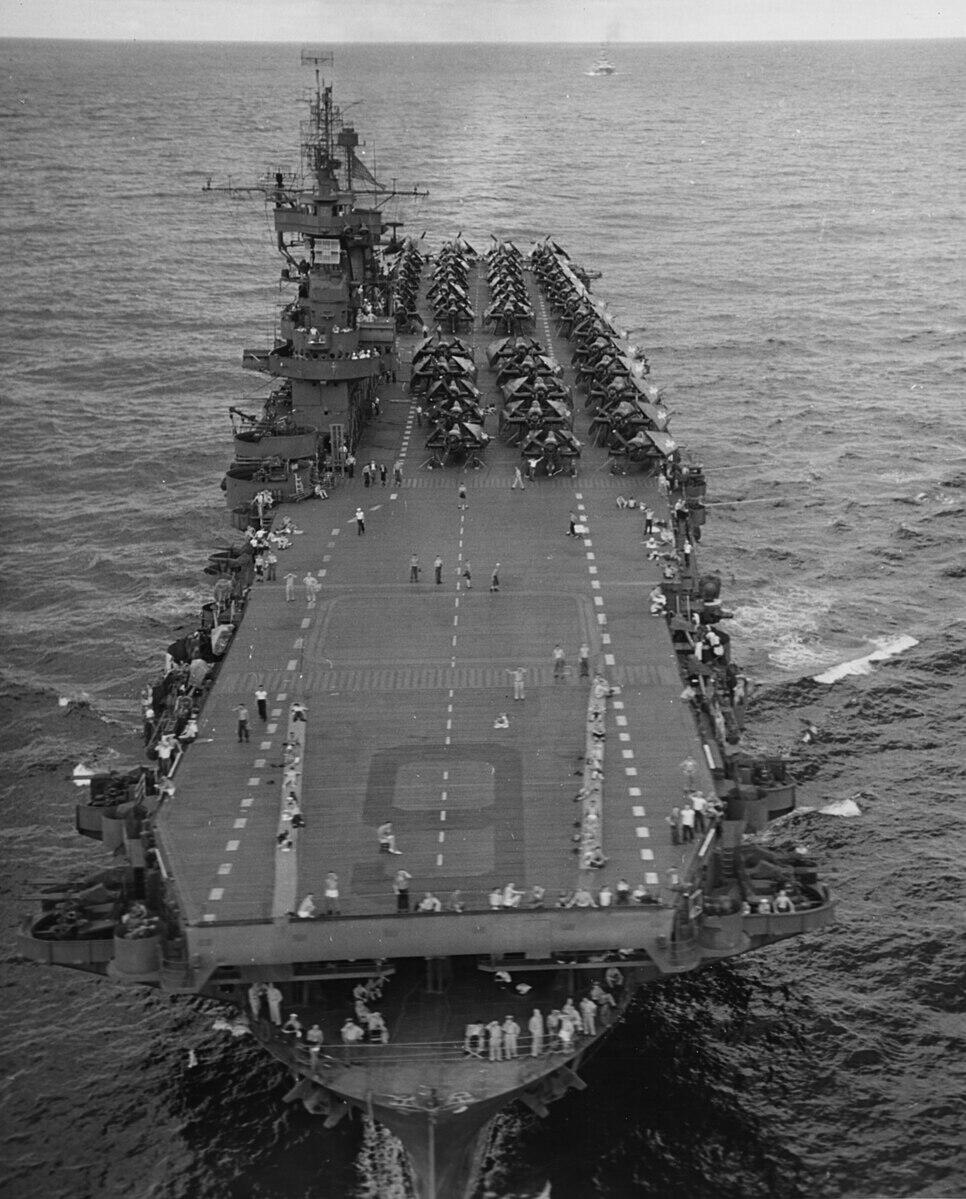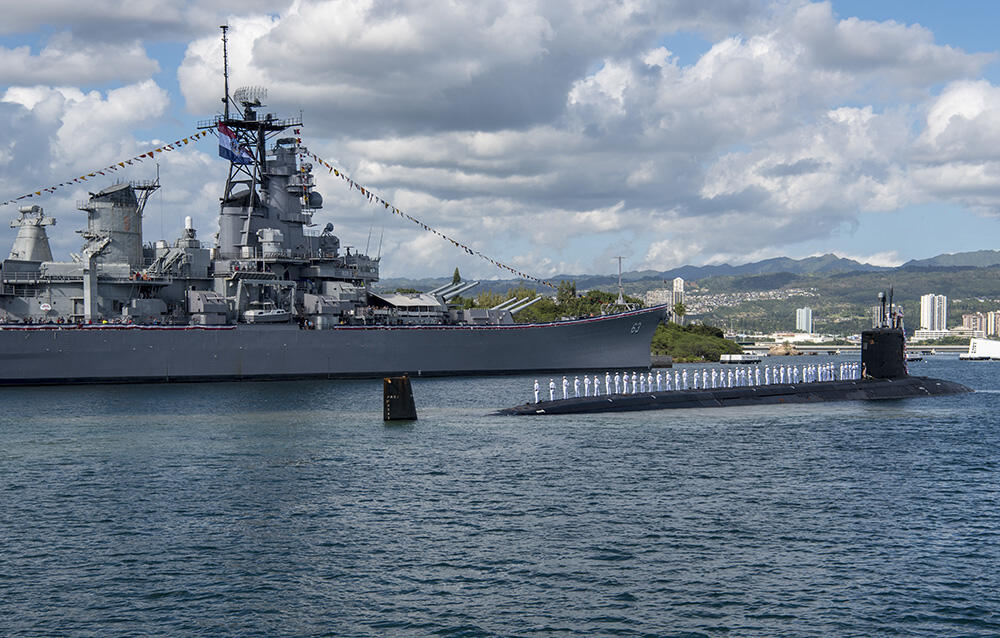A Guide to Understanding US Navy Ship Designations
For a civilian, understanding the terminology used by the United States Navy can seem complicated. When it comes to something as simple as the naming of ships, there’s a lot to consider For instance, we know USS Arizona by the name she was given when she was commissioned into service. When you start to research the ill-fated battleship, however, you’ll also find that she is associated with the alphanumeric series BB-39. It can be confusing at first glance, so here's a guide to understanding US Navy ship designations.
At first glance, BB-39 may seem like a random combination of letters and numbers, but it’s not often that the US military does anything without good reason. BB-39 is a designation that further describes USS Arizona. While the battleship is widely known for her tragic sinking in the attack on Pearl Harbor, less well-known is USS Bobolink (AM-20) and what role she played during Japan’s devastating attack.
That’s where the alpha part of a ship's designation comes into play. A ship’s name is only part of how we identify her. But what happens when another vessel is launched with the same name? Although it never happens that two US Navy ships share the same name at the same time, names are often reused, and that's when a ship's designation becomes important. There are two parts to that designation: her classification symbol and her hull number. Let's take a look at each.
Navy Vessels Types
First we need to look at the designations for different classes of Navy ships. Navy vessels are categorized into various types based on their functions, capabilities, and roles in naval operations. Each type is designed to fulfill specific missions, ranging from combat and defense to support and logistics. Some of the most common Navy vessels types include:
- Aircraft carriers
- Surface combat ships
- Submarines
- Cruisers
- Patrol combatant ships
- Amphibious warfare ships (including landing vessels)
- Expeditionary support
- Combat logistic ships
- Mine warfare ships
- Coastal defense vessels
- Mobile logistics ships
The Classification Symbol

The series of letters is used to identify Navy ship designations. For instance, the “BB” of USS Arizona’s designation identifies her as a battleship. USS Bobolink is designated with an “AM,” which is used to identify minesweepers.
Though there are now also sub-classifications, these weren’t always used. They started to become common when the Navy needed to distinguish among different cruiser subtypes, such as light (CL) or heavy (CA).
Looking at the Pearl Harbor attack, the most common classification symbol you may see is “BB” for the battleships that were moored along Battleship Row. Other classification symbols include:
- AR - Repair Ship
- AV - Seaplane Tender
- CB - Large Cruiser
- CV - Aircraft Carrier
- DD - Destroyer
- DE - Destroyer Escort
- SS - Submarine
Different classifications fall under different categories. Support ships, warships, auxiliary craft, and the United States Coast Guard all have different designations. For instance, Warships have designations for:
- Aircraft carriers
- Surface combat ships
- Submarines
- Patrol combatant ships
- Amphibious warfare ships (including landing vessels)
- Expeditionary support
- Combat logistic ships
- Mine warfare ships
- Coastal defense vessels
- Mobile logistics ships

There are also temporary designations that were commonly used during World War II, including YAG for miscellaneous auxiliary service craft.
Navy Ship Hull Numbers

Following the alpha designation is a series of numbers, unique to every ship in the US Navy. These numbers, such as the “39” in the case of USS Arizona, are known as hull numbers.
In short, Navy ship hull numbers identify every ship that’s entered into service. The hull number identifies specific ships, thereby avoiding confusion between the battleship USS Missouri (BB-63)—which is now a museum ship at Pearl Harbor—and the USS Missouri (SSN-780) a fast attack submarine that’s homeported at…Pearl Harbor.
The hull numbers assigned to ships with the same classification symbol have logically gone up over the years. A submarine with a lower hull number is always going to be older than a submarine bearing a higher number.
Tour Pearl Harbor Battleships
While this knowledge isn’t essential to understanding the events of December 7, 1941, understanding US Navy ship designations can enhance your visit to Pearl Harbor. To learn more about Naval classifications, the history, and functionalities of warships book a Pearl Harbor tour.







